How to care for an alocasia – 3 tips plant experts swear by to encourage luscious growth
The large leaves of alocasia create a green statement in any room
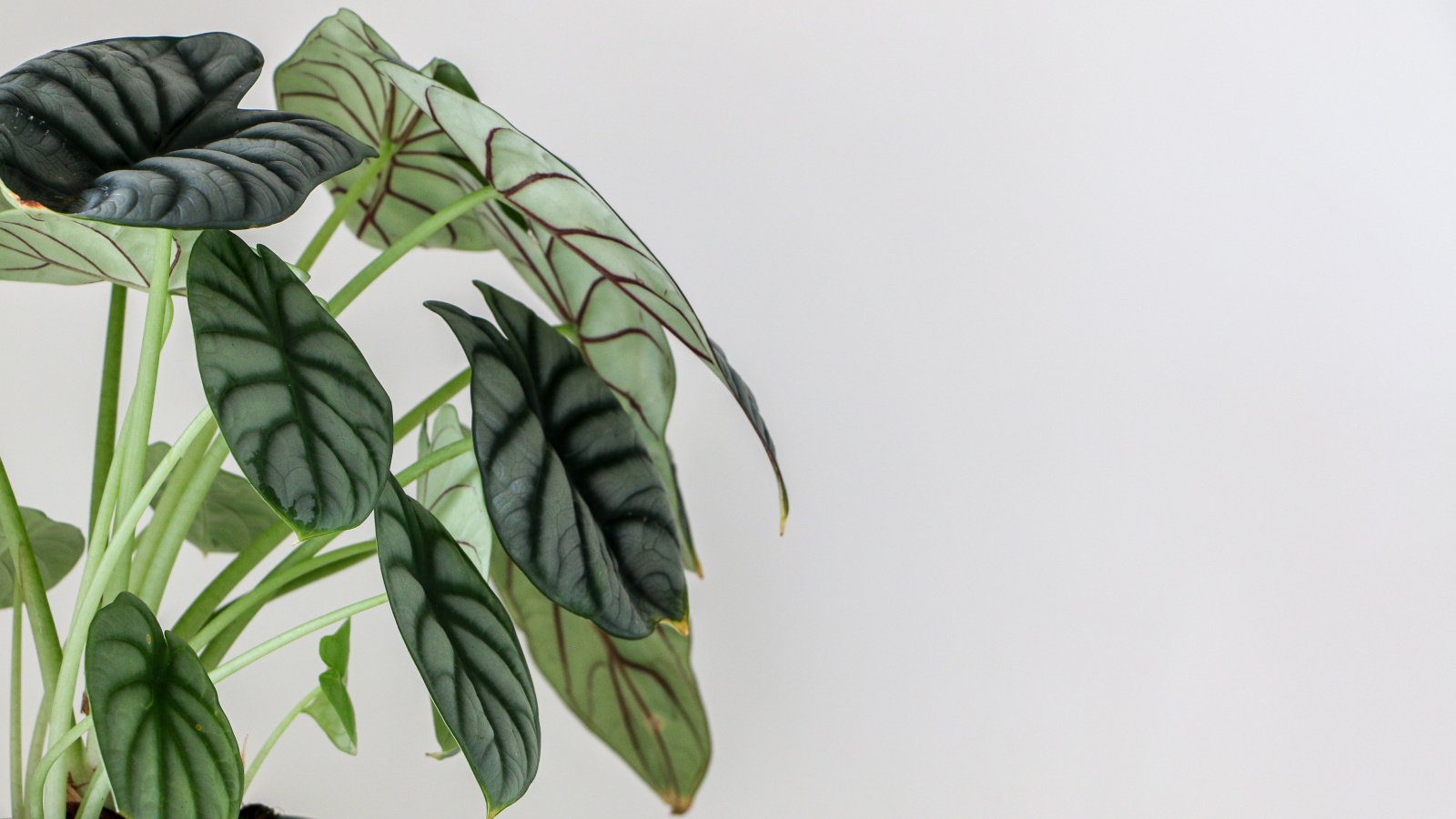

There are few houseplants more impressive than alocasias. There are around 90 species of alocasia plants, all with the recognizable foliage that earns them the common name of elephant ear plant.
If you're looking for a tall indoor plant to fill a vacant corner of your home, an alocasia might be just what you need. As houseplants, they can grow as tall as six feet, but this does depend on the variety you choose - Alocasia reginula 'Black Velvet' only grows up to 18 inches tall, for example.
Sometimes large tropical indoor plants can feel intimidating, but care for an alocasia is actually incredibly easy to get right. Although, plant experts say there are a few specific care requirements you need to meet to encourage more growth. That's why I've put together the ultimate guide to alocasia care with everything you need to know to be successful.
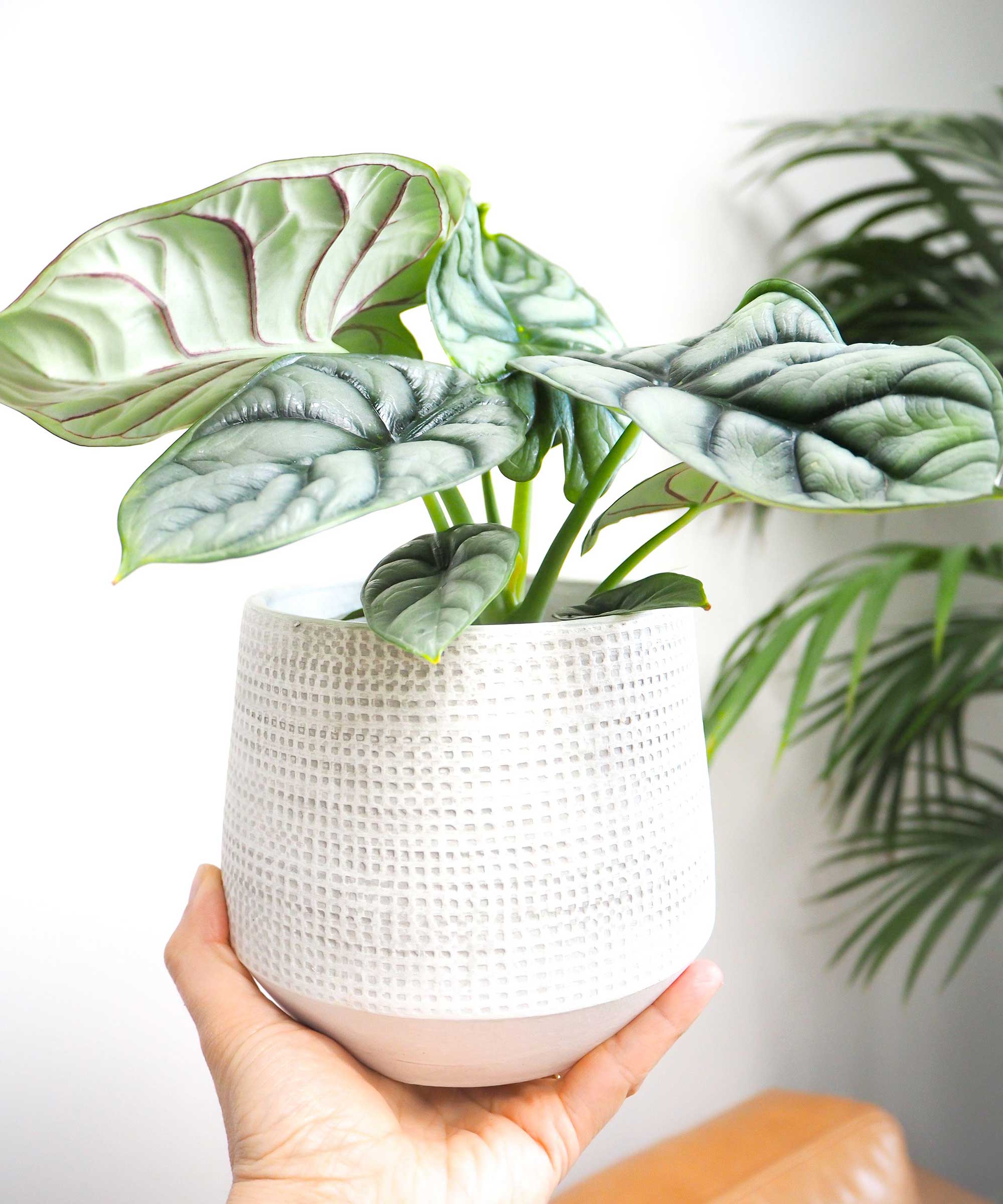
3 expert tips on alocasia care
Alocasia plants are native to tropical and subtropical regions of Asia and eastern Australia. You might have also heard of colocasia plants being referred to as elephant ears plants, as these are closely related to alocasias.
However, you tend to grow and care for colocasias as garden plants, where they can grow up to nine feet tall on average. Care for an alocasia, on the other hand, is easy to achieve in an indoor environment - although, it is also possible to grow alocasia outdoors.
1. Provide plenty of bright light
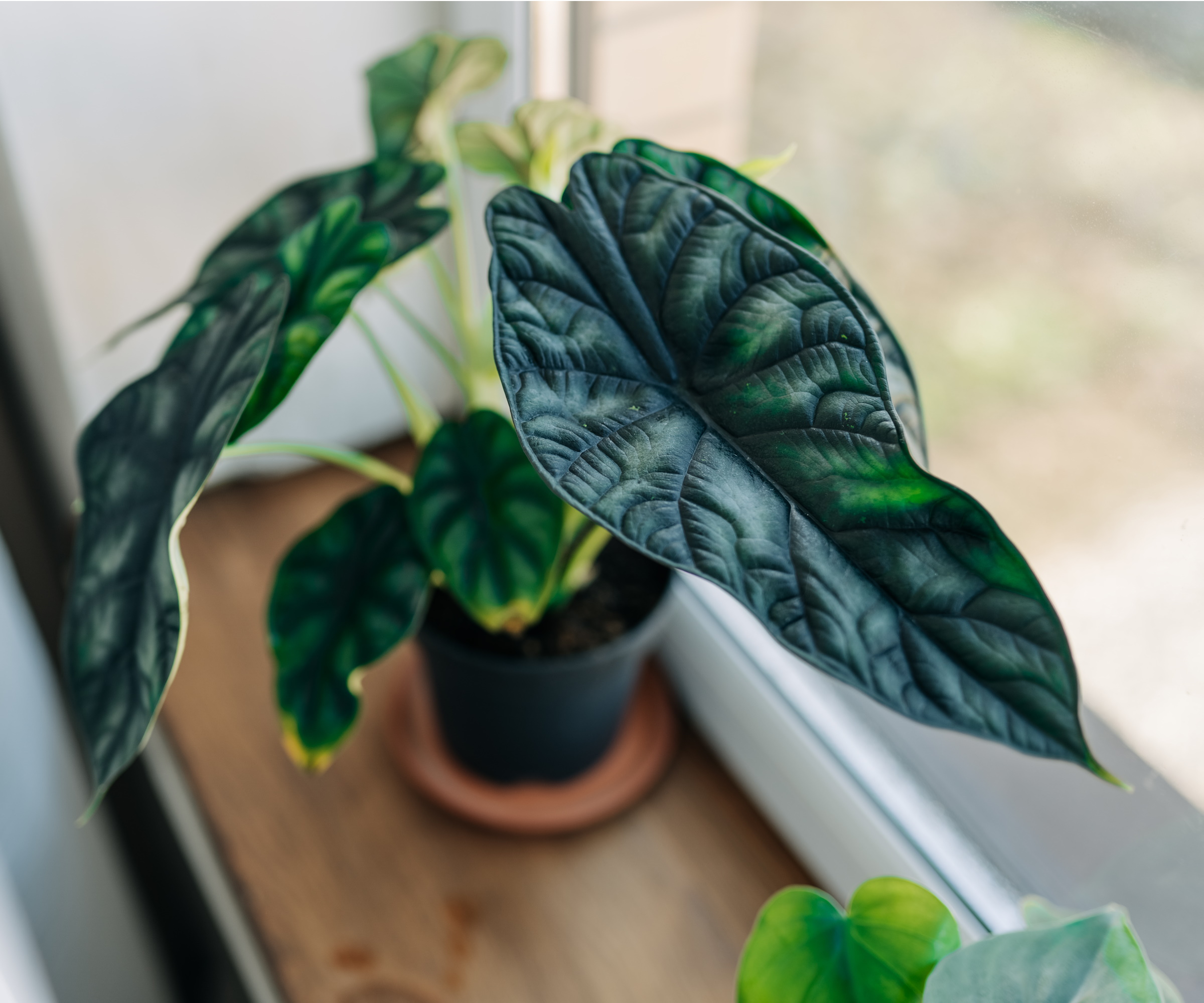
In their natural habitat, alocasias grow beneath tree canopies on the forest floor. This means they can tolerate being indoor low light plants, but they only truly thrive when exposed to brighter light.
'Alocasia plants love bright, indirect light, but you should protect them from direct sunlight, which can burn their leaves,' says Alex Kantor, owner of Perfect Plants Nursery.
The coverage of trees in their native environment prevents alocasias being exposed to direct sun. This leaves their foliage sensitive to this level of sun exposure, risking issues of leaf scorch, as Alex notes.
If you are struggling to find a spot out of direct sun in your home, try using these sheer curtains from Wayfair to create filtered light.
Alternatively, if your home lacks sufficient light levels (particularly in winter), Lisa Eldred Steinkopf, houseplant expert at The Houseplant Guru, recommends using a grow light for houseplants: 'I have one under a grow light and it loves it,' she says.
This grow light from Amazon has adjustable height, perfect for a growing alocasia.

Alex has worked in the horticultural industry for over 20 years and grew up on the farm since his childhood years. Alex is an expert on landscape trees, shrubs, and indoor plants. He is passionate about growing and helping others learn the trade.

Lisa is a houseplant expert who runs her blog The Houseplant Guru with over a decade of professional experience at Steinkopf Nursery and Garden Center in Michigan. As a child, Lisa helped her grandma tend to African violets and other houseplants. Since then, Lisa has forged a career providing houseplant advice, holding lectures and writing for publications across the US.
2. Don't let your alocasia's soil dry out
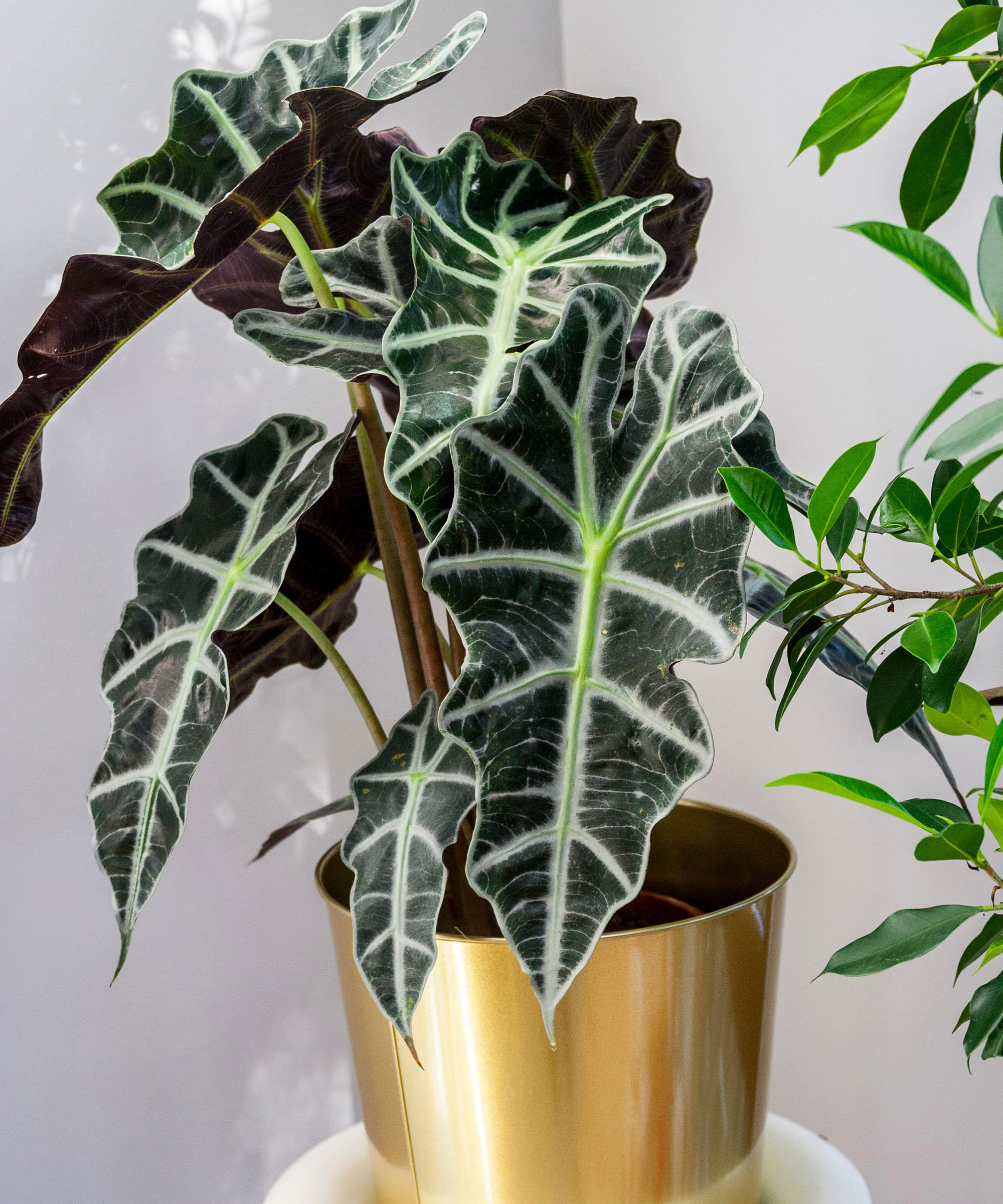
This is arguably one of the most important points in care for an alocasia. Getting watering wrong can turn your elephant ear plant yellow or cause your alocasia to droop.
'When it comes to watering, it's best to keep the soil of your alocasia slightly moist at all times,' advises Lotte Berendsen, a certified botanist from the PlantIn app. 'I recommend checking the soil with your finger every few days and watering when the soil feels dry about two inches from the top,' she adds.
One way I like to check if it's time to water my houseplants is by using a soil moisture meter (from Amazon). Simply stick the probe in the soil and it tells you how saturated the soil is.
'If the soil is moist, do not water again. This will eventually waterlog the soil, which can lead to houseplant root rot,' says Lotte. 'Likewise, when the plant is underwatered, you’ll notice wilting and dry leaf edges. It's best not to let the soil dry out completely to prevent drought stress,' she explains.
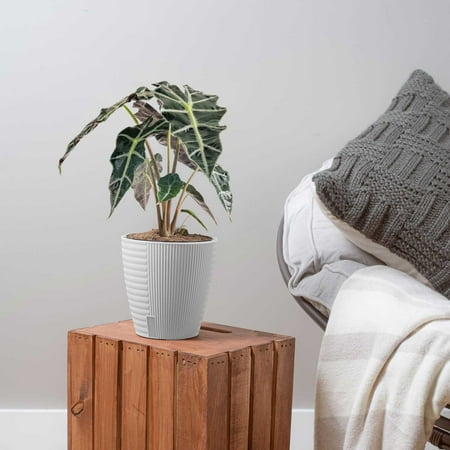
The Alocasia Polly maintains a compact size, making it perfect for tabletops, shelves, and desks. It comes with a self-watering pot.
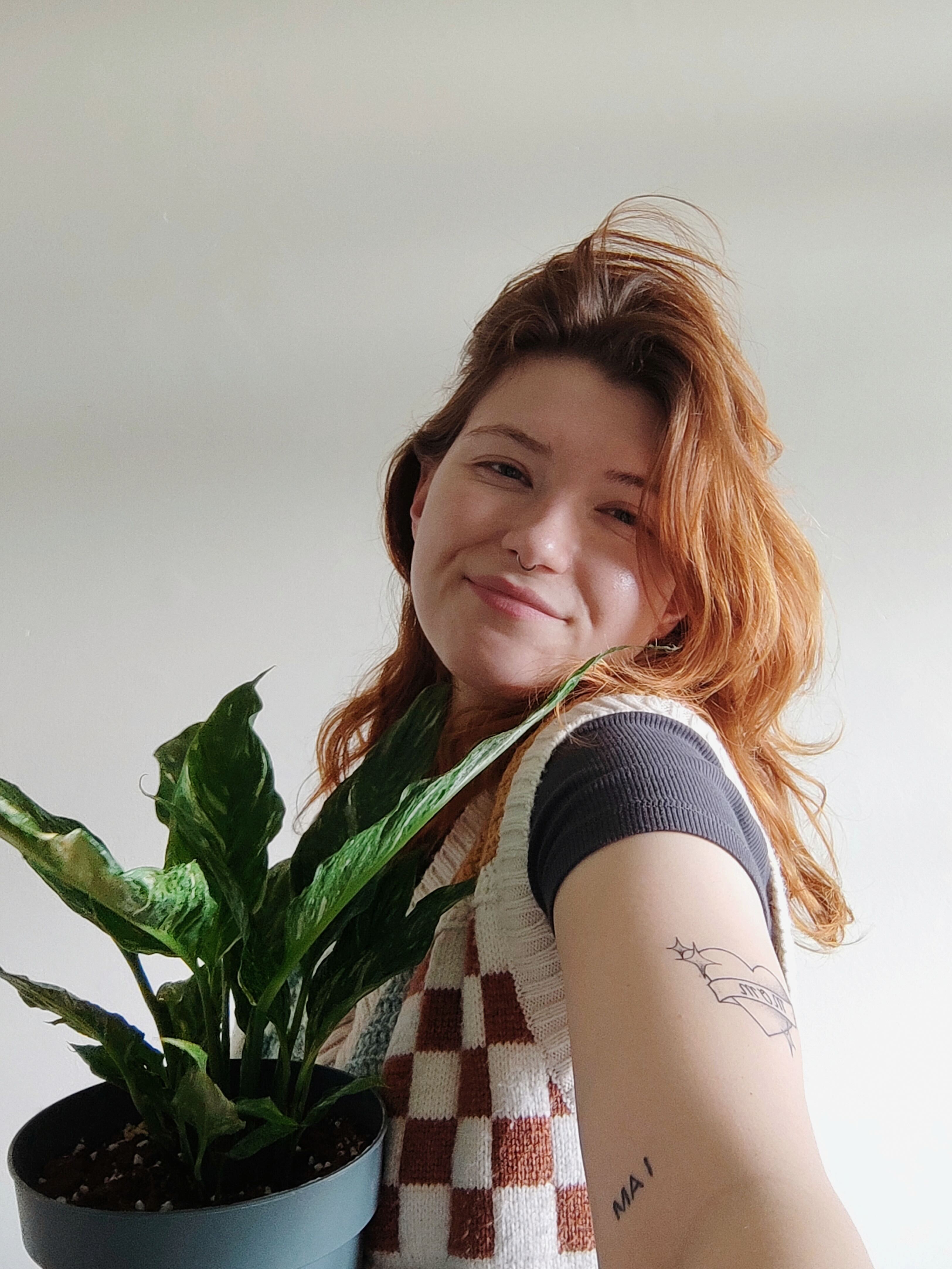
Lotte is a gardening enthusiast, writer, and plant expert at PlantIn, where she provides customers with detailed care and treatment plans
3. Grow your alocasia in well-draining soil
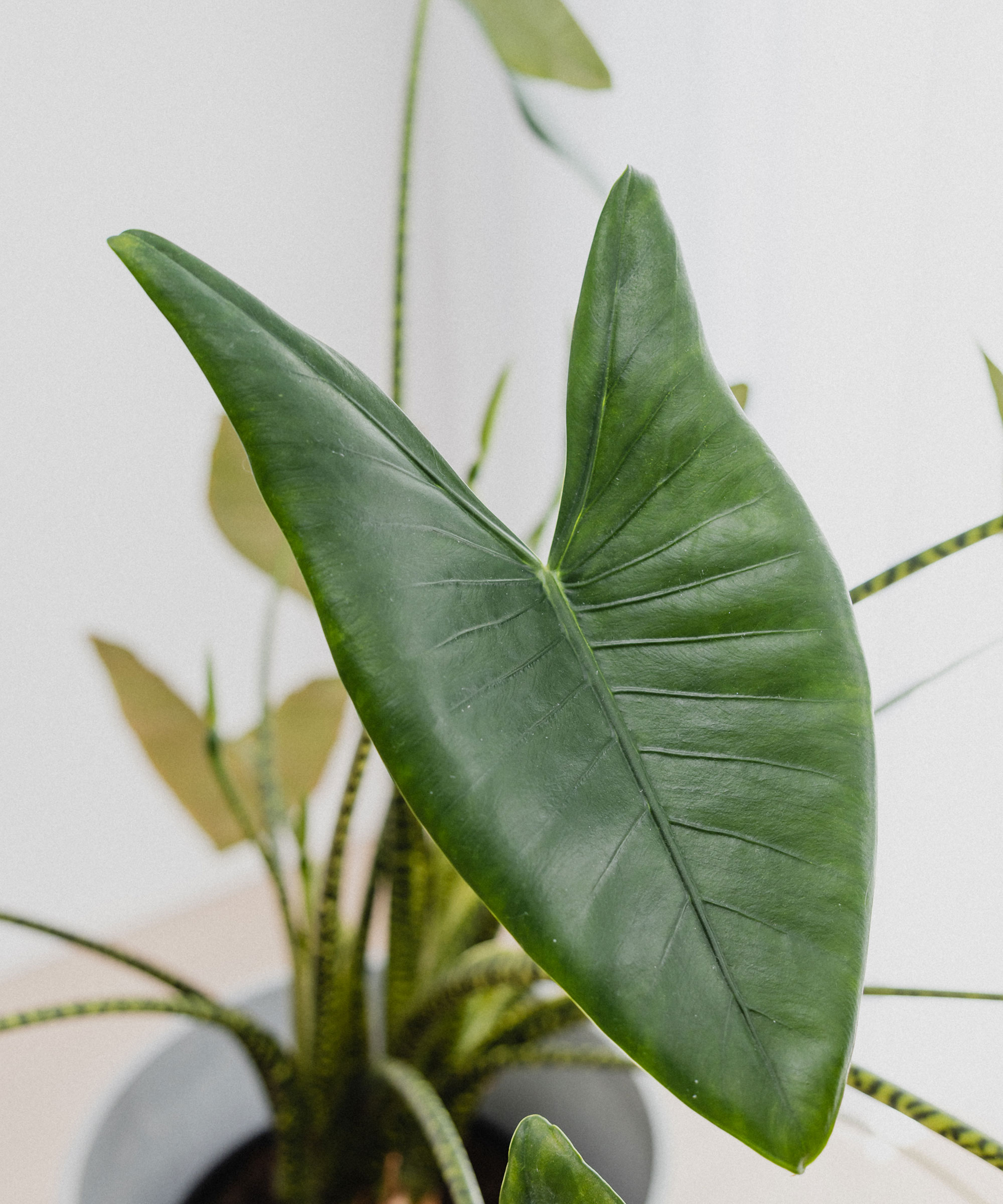
To help manage moisture levels of your alocasia plant, plant experts say to use a specific type of soil - one that is well-draining. In fact, this is often the best potting mix for houseplants because it helps prevent the common indoor plant mistake of oversaturating their soil.
While there are plenty of well-draining houseplant soils available online - like this one from Amazon - it is also possible to put together your own alocasia potting mix:
'The ideal soil mix for alocasias consists of coco coir (from Amazon), perlite (from Walmart), orchid bark, horticultural charcoal, and sand,' says Lotte. 'This mix allows for lots of drainage and airflow, but also moisture retention. These factors will help keep the roots of your plant healthy and minimize the risk of root rot,' she explains.
If your alocasia is growing in dense soil, it may become oversaturated and attract common houseplant pests like fungus gnats.
If your alocasia has been growing in the wrong soil and the roots have been damaged by excess moisture, you can prune houseplant roots and repot your alocasia to revive it.
FAQs
Do you need to fertilize alocasias?
Although alocasias are houseplants you don't need to fertilize often, they can benefit from feeding during spring and summer:
'Alocasia benefits from a balanced liquid fertilizer (from Amazon) diluted to half-strength every four-to-six weeks during the growing season,' explains Alex Kantor, owner of Perfect Plants Nursery.
Avoid fertilizing mistakes by not feeding your alocasia during fall and winter and always follow manufacturer instructions of the products you use.
Another way to keep your alocasia looking its best is by cleaning houseplant leaves to regularly remove the dust houseplants collect. This is especially important for plants with larger foliage, like alocasias and monsteras. You can simply use a microfibre cloth and water to gently wipe leaves and leave them looking shiny.
Sign up to the Homes & Gardens newsletter
Design expertise in your inbox – from inspiring decorating ideas and beautiful celebrity homes to practical gardening advice and shopping round-ups.

Tenielle is a Gardens News Writer at Homes & Gardens. She holds a qualification in MA Magazine Journalism and has over six years of journalistic experience. Before coming to Homes & Gardens, Tenielle was in the editorial department at the Royal Horticultural Society and worked on The Garden magazine. As our in-house houseplant expert, Tenielle writes on a range of solutions to houseplant problems, as well as other 'how to' guides, inspiring garden projects, and the latest gardening news. When she isn't writing, Tenielle can be found propagating her ever-growing collection of indoor plants, helping others overcome common houseplant pests and diseases, volunteering at a local gardening club, and attending gardening workshops, like a composting masterclass.
You must confirm your public display name before commenting
Please logout and then login again, you will then be prompted to enter your display name.
-
 I swear by the ‘ETC’ method to prevent clutter and save money – my expert-backed checklist is transformative
I swear by the ‘ETC’ method to prevent clutter and save money – my expert-backed checklist is transformativeNow I Edit The Cart and save time, money, and energy
By Chiana Dickson
-
 Is this the end of built-in bedroom furniture? Designers decide if this once-loved feature will in fact date your space
Is this the end of built-in bedroom furniture? Designers decide if this once-loved feature will in fact date your spaceWill we be saying goodbye to built-in wardrobes, shelves, and drawers this year? We spoke with interior designers to see if this classic carpentry style will continue to be featured in bedrooms
By Eleanor Richardson